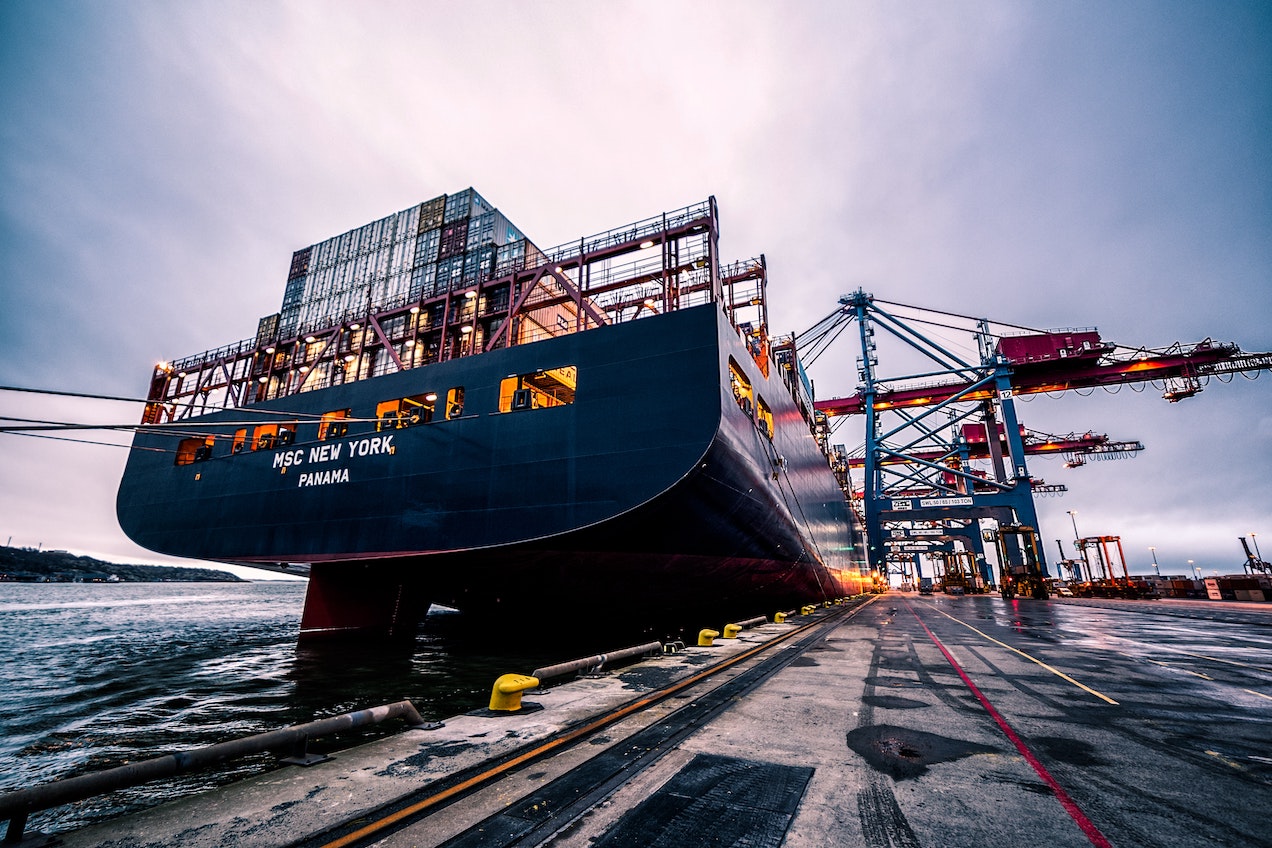
How the Suez Canal blockage highlights the need for supply chain flexibility
It has been a challenging past 12 months for supply chains. If the global logistics industry was not already facing enough challenges as a result of the pandemic and extreme weather events, the recent blockage in the Suez Canal only further exacerbated the issues. So how did a single point of failure cause a blockage of over 10% of global trade? Continue reading to find out.
Causes of Disruption in the Supply Chain
COVID-19 Pandemic
As most everyone is all too aware of, the pandemic has caused an untold number of supply chain challenges. What started with extreme demand fluctuations for consumer goods like toilet paper and hand sanitizer quickly bullwhipped into shortages across many other industries due to insufficient availability of intermodal shipping containers. Our upcoming article What Caused the Container Shortage addresses this in more detail, but suffice to say that many industries are still feeling the effects.
What connects these individual disruptions is their volatility and unpredictability. No one could have foreseen these events, but companies that were positioned to respond quickly have been able to best weather the storm.
Winter Storm in Texas
Speaking of the weather, the recent winter storms in Texas have also led to unexpected disruptions in the supply chain. For companies that relied on suppliers or distributors with Texas-based operations, the frigid temperatures left many facilities without power and unable to fulfill and ship orders. With over 4.3 million homes and businesses without power for the better part of a week, many companies were sent reeling in an attempt to find alternate suppliers to keep their distribution channels fully functioning.
Again, what’s notable here from a supply chain perspective is the unpredictable nature of these events. What’s being described by the Public Utility Commission as the “equivalent of the 100 year flood” is yet another example of an event that caused outcomes no one could have foreseen or predicted. However, companies that were able to rapidly adjust their supply chain processes were in the best position to deal with these disruptions.
Suez Canal Blockage
This brings us to the latest in this series of disruptive events: the blockage of the Suez Canal. While there are many articles speculating on the specific cause of the blockage, the result is the same: over 360 ships blocked and an estimated almost $10 billion in trade held up for each day the canal was stopped.
While some people are saying the existing pressure on the supply chain contributed to the Ever Given obstruction, the fact is this event could have happened at any point. The ship got stuck in a single-lane section of the canal, with clearances on either side of only a few hundred feet (while that may sound like a lot, consider the Ever Given is almost 200 feet wide and over 1300 feet long).
While no one could have predicted this blockage, the idea remains that disruptions are an inherent part of global supply chains, and companies need to be ready to react to unforeseen events.
How To Address These Disruptions
So what is the solution to this? How can companies be better prepared for events they can’t predict? The answer is flexibility.
Often one of the biggest challenges a company faces in the event of shifting external factors is getting their existing software systems to adapt to new processes. For example, when the pandemic first hit, many retail locations were closed, and companies quickly needed to add curbside pickup options to continue serving their customers.
How can a company rapidly add this type of functionality to their systems without manual workarounds? If a software vendor did not natively support curbside features, the answer was often a cumbersome, manual process with a less-than-optimal user experience. (I distinctly remember waiting in my car for a curbside food pick up after receiving a text from a random number saying my order was ready, just to have to get out and knock on the door to find out the restaurant had not even started my order. I was not happy).
And while many software vendors did adapt quickly, pushing out new features to help businesses during the shutdowns, other recent world events show that relying on new features from vendors is not a sustainable way to operate your supply chain. The root cause of the problem lies in the nature of software development. Coding is time consuming, and testing and deploying new features requires a lot of effort.
True flexibility does not rely on code, and allows companies to create their own features to adapt to their business’ needs. Instead of waiting on a vendor to deliver a new piece of functionality, real agility is allowing your business users to create the features they need when they need them, and adding these features to your existing systems without the need for technical intervention. It’s this level of flexibility and agility that allows a business to handle any disruption the world throws at them.
Conclusion
We hope this article has opened your eyes to the need for real flexibility in the supply chain. While global shutdowns and trade disruptions can rarely be forecasted with accuracy, companies can position themselves to respond rapidly by enabling new technologies that do not rely on custom code. The future of supply chain will be codeless systems that allow for the ultimate adaptability in your processes.
Want to stay informed? Subscribe to PorterLogic’s newsletter, and you’ll get bimonthly analysis and rundowns of the supply chain’s latest trends and challenges in your inbox.
.png)










